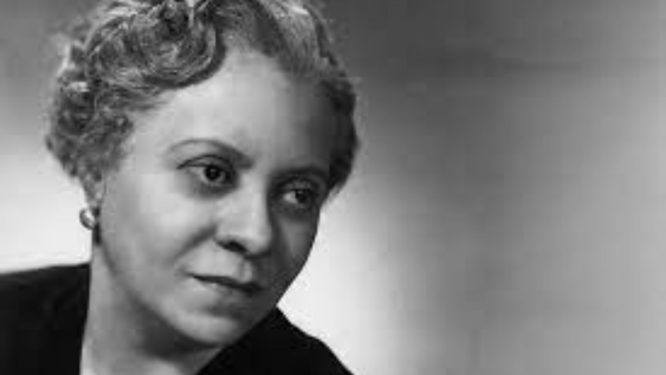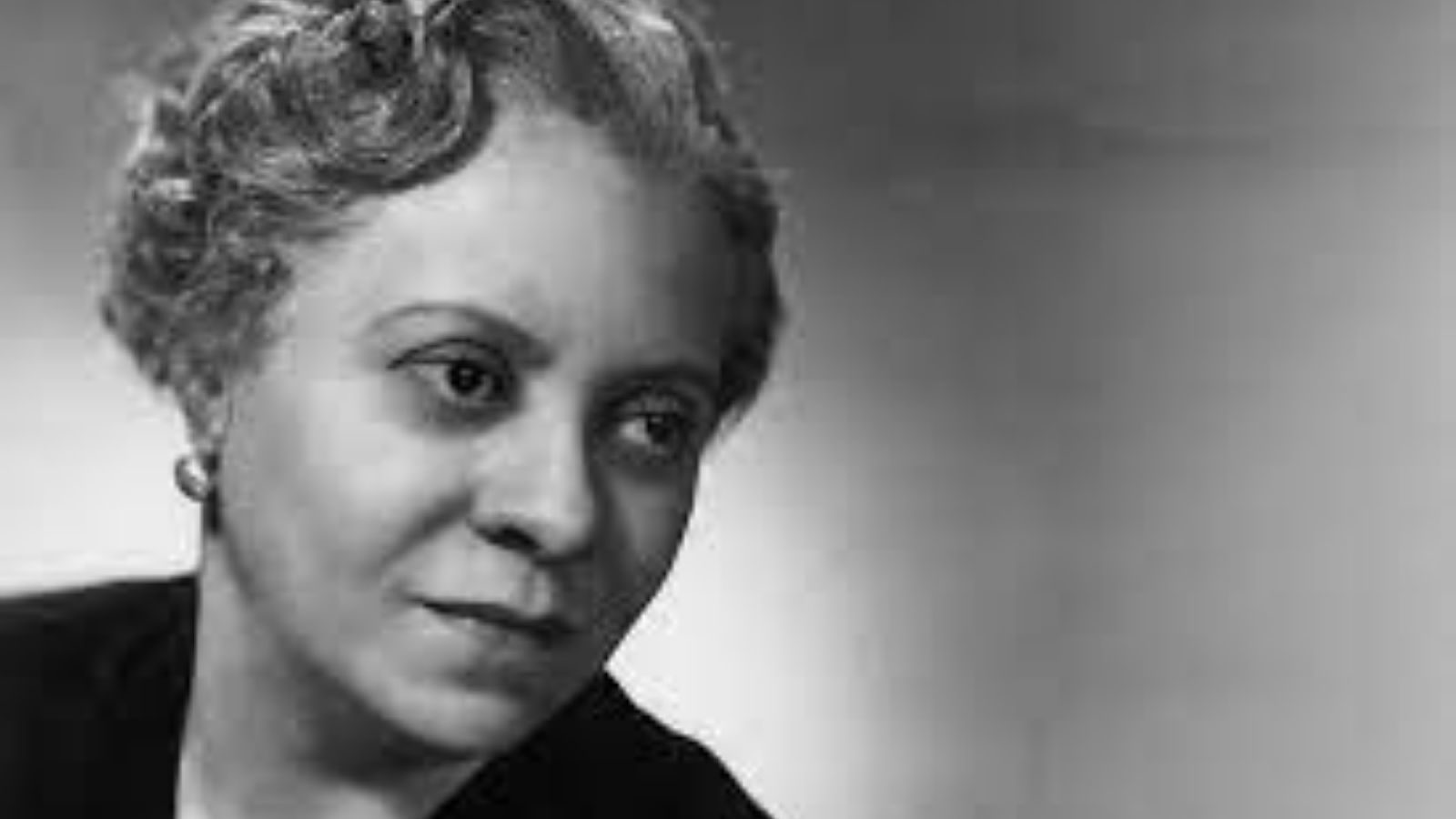Florence Price

DATES
Born in Little Rock, Arkansas, April 9, 1887
Died in Chicago, Illinois, June 3, 1953
NATIONALITY
American
STYLE/PERIOD
Modern/1920-present
FAMOUS WORKS
Symphony in E Minor, Piano Sonata

BIOGRAPHY
Florence Price (Florence Beatrice Smith) was born in Little Rock, Arkansas in 1887 – only 22 years after the official end of the American Civil War. Born to a mixed-race family, her father was one of only a dozen or so African American dentists practicing in the United States at that time. He even had the Arkansas state governor as a patient! Her mother, who guided most of Florence’s early musical training, was an elementary school teacher, worked in a restaurant, sold real estate, and was a secretary for a loan and trust company. Like many famous composers, Florence showed musical talent at a very early age. She had her first piano performance at age 4 and had her first composition published at 11.
By age 14, she had graduated as valedictorian from high school. She then attended New England Conservatory and majored in piano, organ, and composition. In order to avoid racial discrimination, she put her birthplace as Pueblo, Mexico, on her application and claimed to be of Mexican descent. She graduated in 1906 with honors with both a teaching certificate as well as a degree in organ performance. In 1910, she moved to Atlanta where she taught at the historically black college, Clark Atlanta University.
In 1912, Florence married a lawyer named Thomas Price and moved back to Little Rock. But in the next several years, life for African Americans grew steadily worse to the point where the Price family no longer felt safe residing in the town. So in 1927, they moved from Little Rock to Chicago.
While in Chicago, Price attended the Chicago Musical College, Chicago Teacher’s College, University of Chicago, and American Conservatory of Music, where she studied languages and liberal arts subjects, as well as music. Additionally, she continued to study with the leading composition teachers in Chicago. Price never stopped learning!
In 1931, she and her husband divorced. As a single mother with two daughters, she taught music lessons and had to live with friends to make ends meet. She eventually moved in with her student and friend, Margaret Bonds. Through Bonds, she met the poet Langston Hughes, and became friends with the singer Marian Anderson who frequently sang Price’s song arrangements at her concerts.
Together, Price and Bonds began entering contests with their musical compositions. They soon achieved national recognition for their compositions and performances. In 1932, they each entered the Wanamaker Foundation Awards. Price’s composition won first prize with her Symphony in E Minor, and third prize for her Piano Sonata, earning $500. (Bonds won first in the song category.) The next year, the Chicago Symphony performed her Symphony in E Minor. This was the first composition by an African-American woman to ever be played by a major orchestra. As her fame spread, she soon had her music played by other orchestras.
Price wrote many extended works for orchestra, chamber works, art songs, works for violin, organ anthems, piano pieces, spiritual arrangements, four symphonies, three piano concertos, and a violin concerto. She also composed music for silent films and arranged music for radio. While planning a trip to Europe, Price suffered a stroke and died on June 3, 1953.
Price’s music reveals her Southern roots and can mostly be identified as American in style. Like other American composers such as George Gershwin, Aaron Copland and William Grant Still, her music incorporated rhythms and syncopation of African-American spirituals and the blues. Even though she was trained in the European ‘classical’ tradition, she was very effective in incorporating that with her other musical influences.